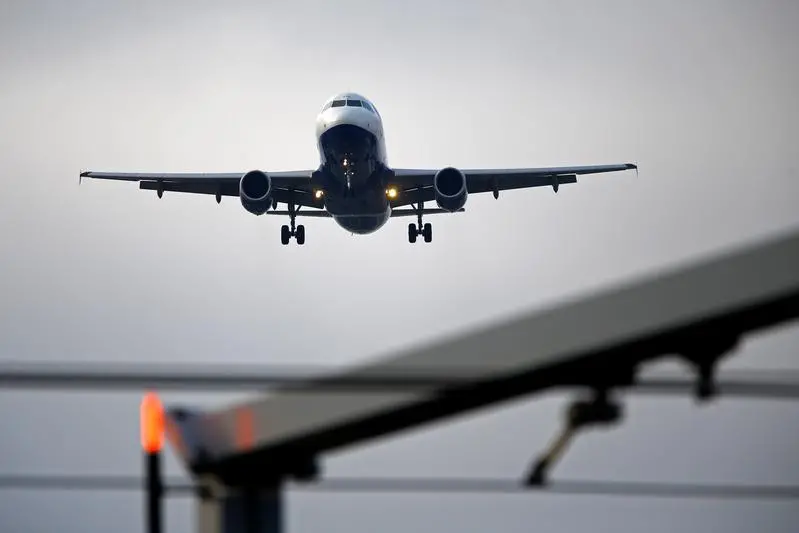PHOTO
The worst of the collapse in air travel could be over, but airlines in the UAE and the rest of the Middle East region are expected to end the year with a serious cash burn, according to the International Air Transport Association (IATA).
The region’s carriers, which are now attempting to kick start passenger services, will lose $4.8 billion this year, the air transport body said. The recovery for long-haul operators will also be delayed, while lower oil prices will exacerbate the downturn in the region.
“This year, we’re expecting to see widespread losses across all regions,” Brian Pearce, chief economist at IATA, said during a media briefing.
IATA’s latest forecast is based on the assumption that there will be no second wave of coronavirus and that the pandemic will be steadily contained.
The latest financial impact analysis, which pegged the worldwide losses at $84.3 billion, further highlights the need for emergency relief from the government, according to Alexandre de Juniac, IATA’s director general and chief executive officer (CEO).
One of the region’s major carriers, Emirates has just confirmed that it will be laying off some of its employees. So far, more than a thousand airline workers, including cabin crew and pilots, have reportedly been laid off.
“I’m afraid that [unemployment] is one of the casualties at the moment. In a nutshell, we can’t keep our employees doing nothing for so long, and so we’re going to have to let some of them go,” Emirates president Tim Clark said last week.
Juniac said 2020 will go down as the “worst year in the history of aviation,” with the industry burning cash at a rate of $230 million per day. However, he said, that provided the number of coronavirus infections will continue to be contained, “the worst of the collapse in traffic is likely behind us.”
2021 outlook, challenges
With airlines now resuming some of their flights and attempting to restore passenger confidence, air travel is expected to rise strongly next year by 55 percent.
“But that’s from a low base, so that level in 2021 is still something like 29 percent lower than where the air travel market was in 2019,” said Pearce.
Airlines are expected to stimulate demand by offering lower fares, but this can impact the overall profitability. Pearce warned that non-fuel unit costs for airlines have also been rising and these will remain “relatively high” next year, partly because of the restrictions imposed on the utilization of aircraft that the COVID-19-related procedures have put in place.
Overall, load factors next year will be around 75 percent, still down from last year’s 83 percent.
Some countries have extended state support worth $123 billion to the airline industry so far. Airlines who have received the emergency aid in the form of debt, however, will need to raise money to pay back their creditors.
The debt burden will be an issue for some airlines, Pearce said, citing that these carriers will have to find ways to repay their borrowings while attempting to recover from the damage caused by the pandemic.
The industry started the coronavirus pandemic with an already enormous $430 billion worth of debt. During the course of the crisis, carriers have acquired an additional $130 billion in debt.
“They’re likely going to end the year with $550 billion dollars worth of debt,” said Pearce.
(Reporting by Cleofe Maceda; editing by Seban Scaria)
#MIDDLEEAST #AIRLINES #UAE #AVIATION
Disclaimer: This article is provided for informational purposes only. The content does not provide tax, legal or investment advice or opinion regarding the suitability, value or profitability of any particular security, portfolio or investment strategy. Read our full disclaimer policy here
© ZAWYA 2020












